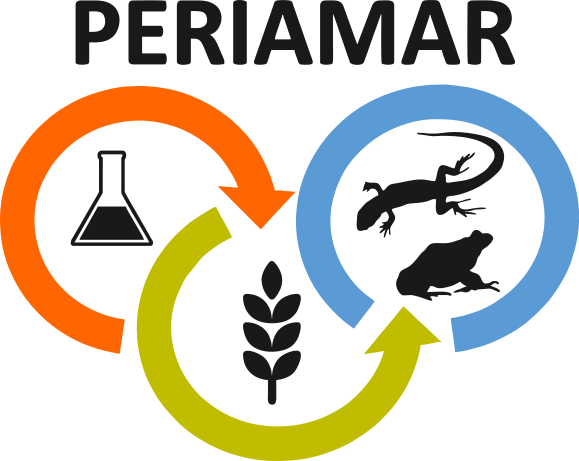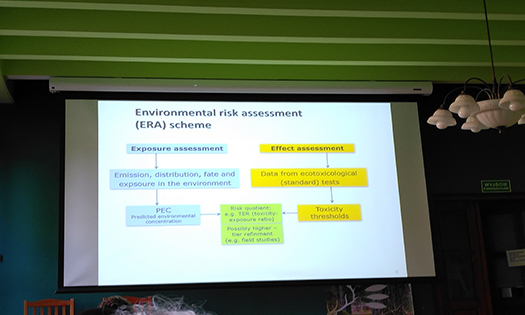Second General Meeting of the COST Action PERIAMAR, Krakow, Poland
September 23, 2022
The Second General Meeting of our Action Periamar was held between 22 and 23rd September 2022 in Krakow, Poland. We were hosted by the Institute of Nature Conservation at the Polish Academy of Sciences. The meeting followed a comprehensive agenda: a general session to present different Action outputs, including presentations from STSM candidates, work group leaders, Scientific Communication Committee, and overall discussion to prepare the proposal of a risk assessment strategy. The second day we had separate meetings to focus and work on specific topics. At the end we finished with the Sixth Management Committee Meeting.
Presentations that were held in the meeting will soon be available here:
Determination of pesticide effects on amphibians following dermal exposures during terrestrial stage – Samuel González‐López, María T. Velasques, Christina Mordziol, Silvia Pieper, Gesa Amelung, Isabel Lopes, Manuel Ortiz‐Santaliestra
Histological endpoints as tool to assess reproductive and skin toxicity in anurans exposed to pesticides – Daniele Marini, Samuel González‐López, Sofie Svanholm, Cecilia Berg, Isabel Lopes, Manuel Ortiz‐Santaliestra, Cecilia Dall’Aglio
Compilation of available toxicological data for biologically‐based models to assess effects of pesticides on amphibians – Besta Dimitrova, Manuel Ortiz‐Santaliestra
Predicting maternal transfer of pesticides in reptiles based on pollutant molecular structure – Cynthia Muñoz, Peter Vermeiren, Sandrine Charles
Can in vitro testing predict toxicity in vivo? – Sebastian Topliceanu, Isabel Lopes
Distribution of amphibians and reptiles in agricultural landscape across Europe – Raluca Ioana Băncilă, Matteo Lattuada, Neftalí Sillero
Building a database linking life history traits and the response to agrochemicals in European amphibians and reptiles – Sabina E. Vlad, Alexandra Telea, Miguel A. Carretero, Manuel Ortiz‐Santaliestra
Extended review of the potential use of ecological mesocosms in herpetofauna studies and their application to ERA of pesticides – Enerit Sacdanaku, Miguel A. Carretero
Feasibility of ecological mesocosm to environmental risk assessment (ERA) of pesticides on reptiles. A pilot test with wall lizards – Miruna G. Vizireanu, Geanina Fanaru, Miguel Carretero PDF
Telemetry study on lizards Lacerta agilis – Giulia Simbula, Gianpaolo Montinaro
Presentation of the mind map‐based paper on the risk assessment scheme – Annette Aldrich, Andreas Focks
Review of communication strategy and discussion on next steps – Anamarija Žagar PDF



